me Arab, You Berlin; Almost a State Visit
- Christian Hain
- Sep 28, 2017
- 6 min read
Updated: Mar 23, 2020
(Berlin.) Every time, I hear about occidental art in an Arabian context, I feel unsure. When, some years ago, the Louvre of all places announced to go franchise and open shop in Abu Dhabi – it will finally come to fruition this November -, I wondered what would remain of European art history, if you took out not just the nudity, but representations of the human form altogether, plus all allusions to Christian and Greco-Roman religion?
Sunnite Islam in particular does not approve of human artists “copying” Allah-exclusive skills (biologically creating a human being does not fall under the same rule). We will soon learn, what artworks the Louvre, in close cooperation with local authorities, deems inoffensive enough to avoid iconoclast clashes, and, maybe even more interesting, who will be allowed to visit. No doubt, they will manage, somehow, and also avoid another danger, of being reproached with cultural neo-colonialism. The sense of business is strong on both sides of the half moon.
(Jean Nouvel being chosen to design Al Louvre, there won’t be much room for art anyway, judging from his previous attempts at museum architecture.)
Then, there’s the other way round, the integration of the other into “our world”, the global canon. It happens in either of two variants: Museums and galleries adding “diverse” artists to give proof of their contemporaneity (a sine-qua-non of every brand image today), ever hopeful to start a new hype, the next big ka-ching; or old-fashioned exoticism to celebrate folkloristic artefacts.
A while ago, maybe over a bottle of rose water and a bowl of beluga, me man Thomas Olbricht inquired of her excellency, Mrs. Huda Alkhamis-Kanoo, whether she could imagine exhibiting her foundation’s treasures in Berlin sometime, for instance in September, on the occasion of a rather insignificant event that goes by the name of Art Week. Maybe they’d met in a New York auction room, or the lobby/elevator of Burj al Arab, or summering on the shores of Lake Geneva, who knows? What we do know is she agreed. The co-founder, curator, and most charming principal representative of ADMAF - that’s not an Arab given name, but the Abu Dhabi Music and Arts Foundation, state owned, but well, the state is owned by someone too-, the wife of the don of the Kanoo clan, proprietors of a good slice of the Emirates, agreed to even personally accompany the collection to Berlin. She attended, and read a speech on, the press reception from which Mr Olbricht had excused himself, perhaps he did not like the thought of being not only equalled in wealth, but very much shadowed in bling, on his home ground.
Be that as it may, me now offers the chance to admire an astonishing, and vast, collection of Emirati art. Much of it contemporary in the global, uniformed, sense that’s sold as diversity today. (No matter what you are, or where you come from, you have the right, and the obligation, to do, say, think, and, most importantly: buy, exactly the same as everyone else.)
The art is for most parts inoffensive, compatible to the state doctrine. Works like Mohamed Ahmed Ibrahim’s photographs of his land art that resembles termite moulds, or ancient burial grounds, enigmatic, mysterious. A kaleidoscopic photo of landscape gardening (Zeinab Al-Hashemi); or Reem al Ghaith documenting history and change in photo collages. (Although, here we already enter dangerous waters, remember, the UAE jail people for smudging the country’s image by publishing photos of locals blocking a disabled parking space). An introductory 3D camera flight appears like a commercial for UAE tourism, or Emirates Airlines. Might also be filmed on board/back of a falcon.
Laya Juma’s abstract sculpture should not annoy the religion police, either. Yet, it is reminiscent of that one stadium for the 2022 World Cup, you’ve certainly read about the “controversy”? Oh, that’s Qatar? Sorry, my Western ignorance caused me again to mix them up. Qatar is not a member state of the UAE.
This exhibition, by the way, is divided into sections like Geography and Nature, Architecture and Urbanism, or Portraiture and Identity. The distinctions not always make sense (above sculpture is filed under Geography and Nature).
Arab art can be figurative, at least as long as it’s shown abroad (and backed by some influential UAE citizen). But what do we make of a photo series documenting a man guarding the flag of a fictional (it is, is it? Red and yellow, yet not Colombia) country? Do you know enough about Arabian/Islamic colour symbolism for an attempt to interpretation?
Tradition and Heritage includes dominoes painted to abstraction by Ebtisam Abdu Aziz – the game was invented by the Chinese, but still the stereotype says, “aged Arabs in the street, shisha, mint tea, and dominoes”. Also most colourful, and floral, abstracts by Najat Makki and Khalid Al Banna.
With a television screen hidden under carpets, Hind bin Demaithan addresses the tensions between tradition and change, identity and globalism. Arab modernism means, tradition (rigid, censorship &c) frames, and almost suffocates, and hinders, yet also beautifies, singularizes, technology. The same, but different.
Then again, subversiveness can be fun, too: Sara al Ahbabi’s photo boxes with caricatures of Arab life, are just great! We see, among others, a young prince fed by four females (have you ever seen that Eddie Murphy classic Coming to America?), a feasting sheik stealing the spotlight from sprinting athletes (he’s probably bought, or financed the competition; by the way: buying a Picasso, buying a Neymar, it seems not so different, only one follows more in the Arab slaving tradition, and is a unique piece indeed), a burqa-ed being with pink high heels hanging dollar bills to a tree before a European country home background, a medal ceremony for “the winning sex” (or did the artist use the idiotic newspeak “gender”? I did not note) with a man raising the cup, the second place empty, and the only bronze for woe-man.
Another work that could land the artist (Omran Al Oweis) at the receiving end of a whip, features pixelated faces in a potentially homoerotic, or only traditional, pose, nosing each other in an Eskimo’s kiss, definitely more intimate than a handshake.
A painted café scene proves, they share the same pleasures, only without fun, er: alcohol, that’s the word, without alcohol! A man caught between the cultures, wearing a Western shirt and jacket while the traditional white cape still covers his legs, adding to a Bedouin’s headgear, and Gaddafi-style sunglasses, is smoking a shisha, and there’s a bottle of unknown contents in front of him.
A calligraphy sculpture by Azza Al Qubaisi matches coloured calligraphy by Abdul Aziz Al Fadli on the wall. From certain angles, that sculpture reminds of a tank. The word is a weapon, even in Arab. There’s even Arabic street art, by Mohammed Mandi, graffiti: the heir of calligraphy.
Finally, a scandal! Don’t let Hannah Black see this, or it will be all “Protest me, burn them, crucify them!” All I say is: Blackfacing. In a video! By Karima Al Shomely. Our very own moral police will certainly intervene, once they take note. The evil being is a woman sitting in front of a mirror. No clue what the film is about, but how would that matter?
Ammar al Atta’s multimedia project Reverse Moments (film, photo, text &c) is great for its inaccessibility alone. The average visitor approaches, takes a brochure from the table, opens it, hesitates, puts it back, and looks around. Then shrugs, and accepts. The brochure is only in Arabic, and that’s fine.
This art is probably the most interesting, when it’s not homogenized, when it remains alien, outside, different. Enough poking fun about it: let them their laws, let them stay different. Seriously. No need to mix it all up. Personally, I love to wonder, to discover something new. That’s nigh impossible, when everything is mashed up, and there’s no way to tell anymore, which country you’re in. (A most heretic thought: Does, or did, not nationalism guarantee diversity, a diverse world with multiple cultures, protected by borders, instead of only one homogenized global market? A rainbow coloured world, instead of all colours poured together into the same bucket.)
The show will not continue for thousand and one nights, it’s not called "Ali Artist and the Forty Gallerists", either.
me Collectors Room, Portrait of a Nation, 13 September-29 October 2017
World of Arts Magazine - Contemporary Art Criticism

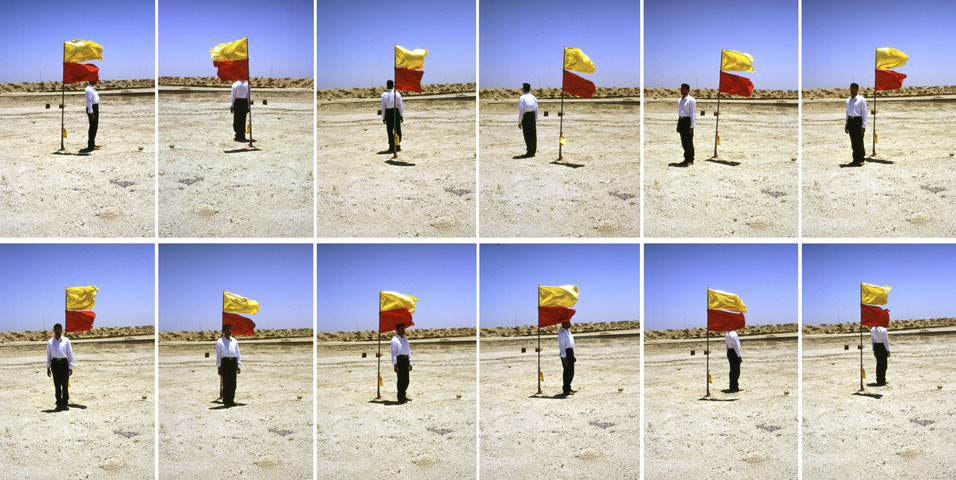

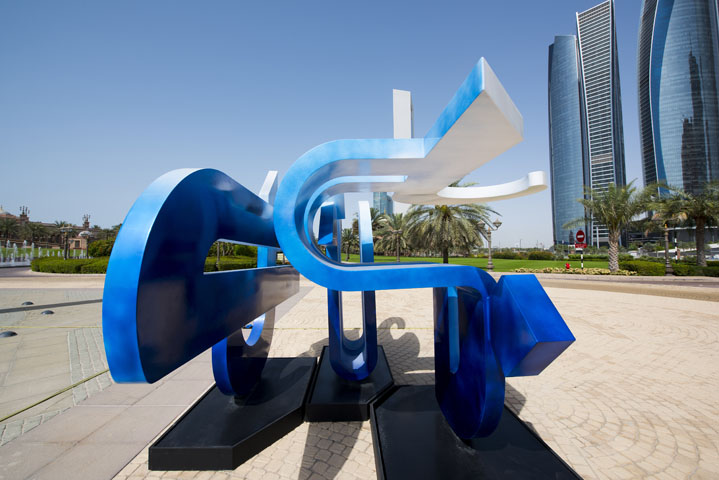

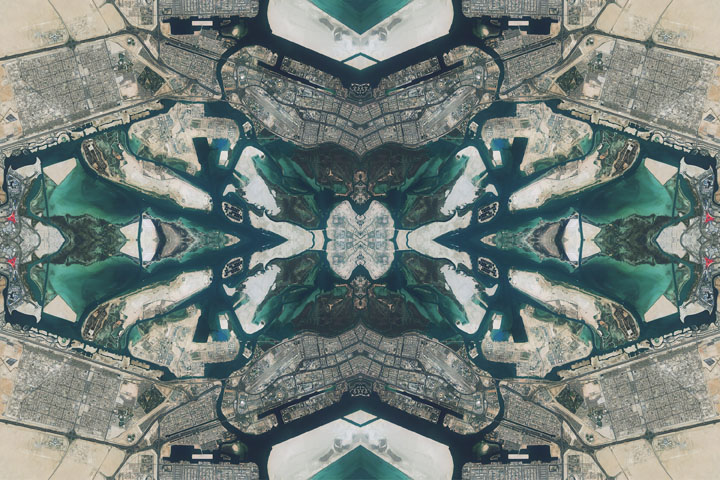

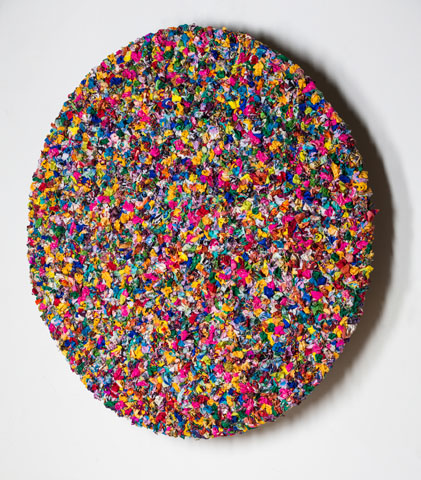

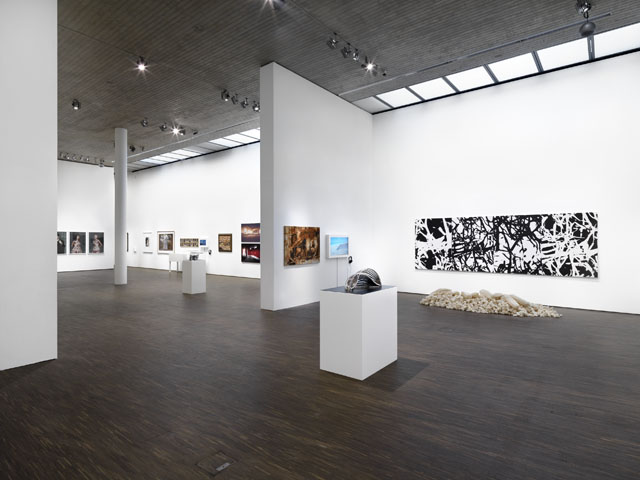
Comments